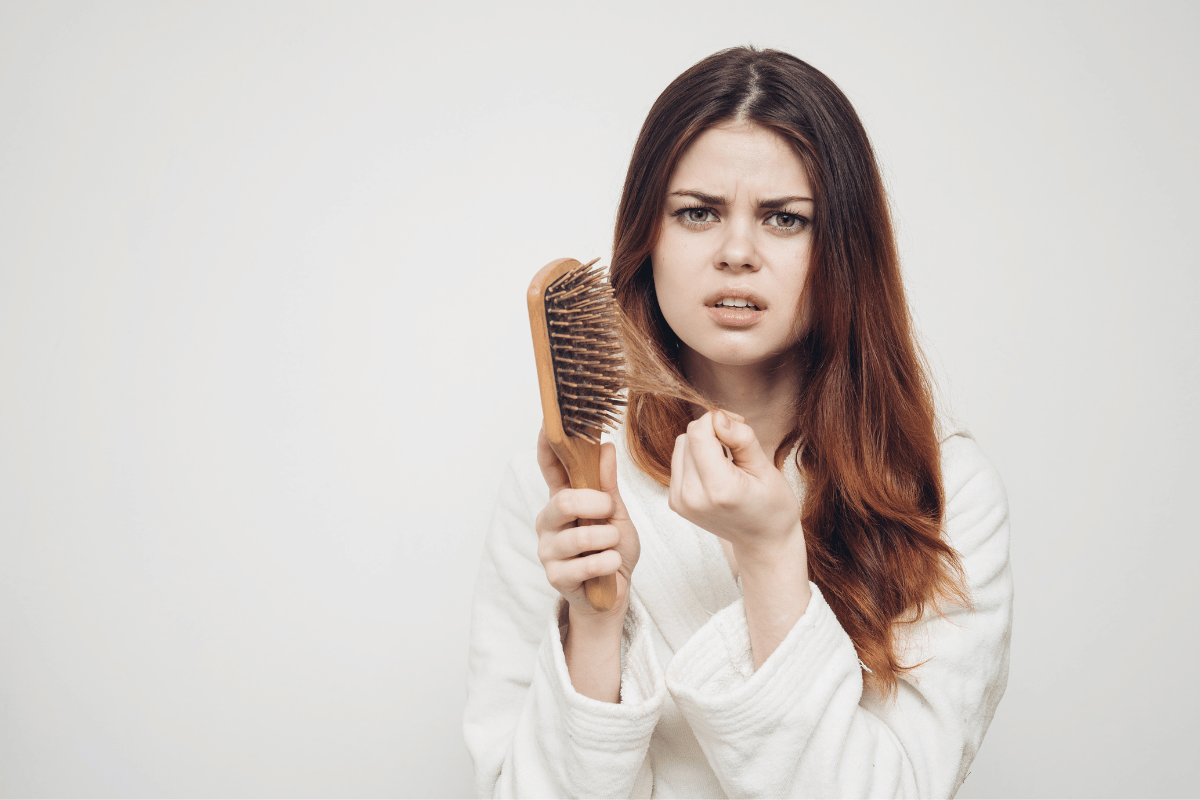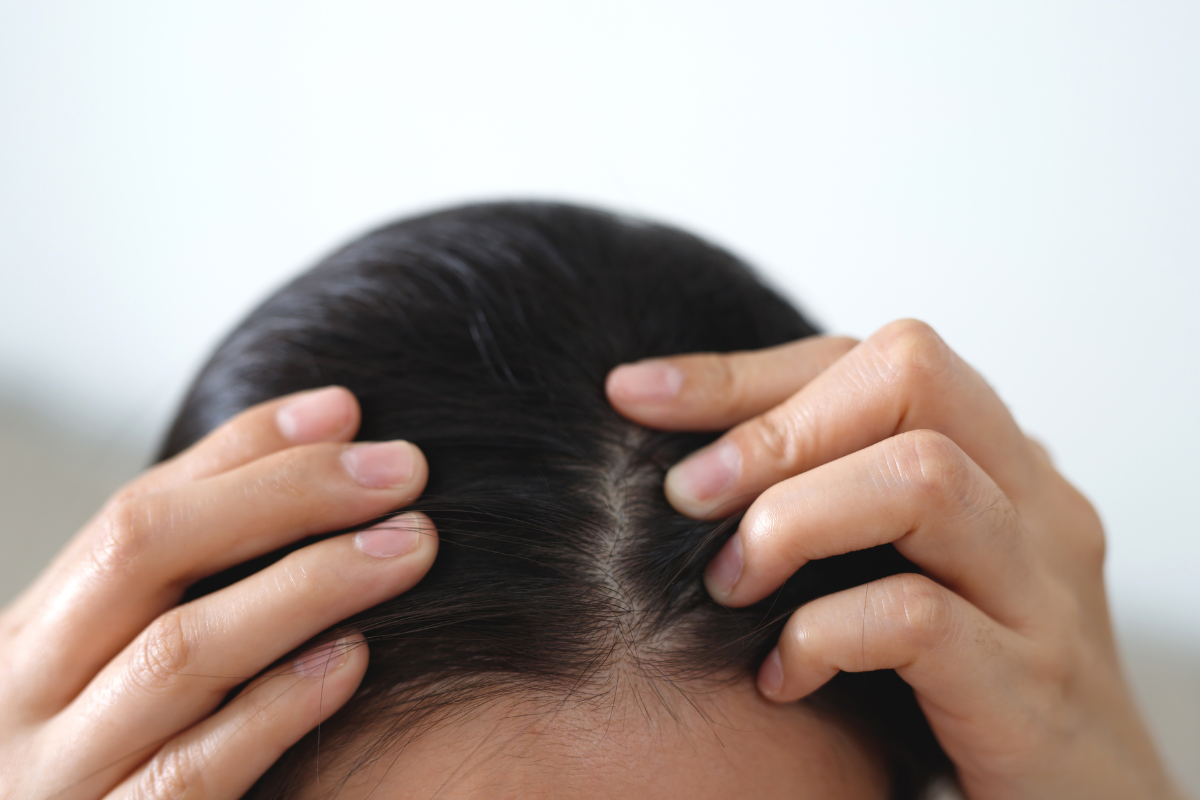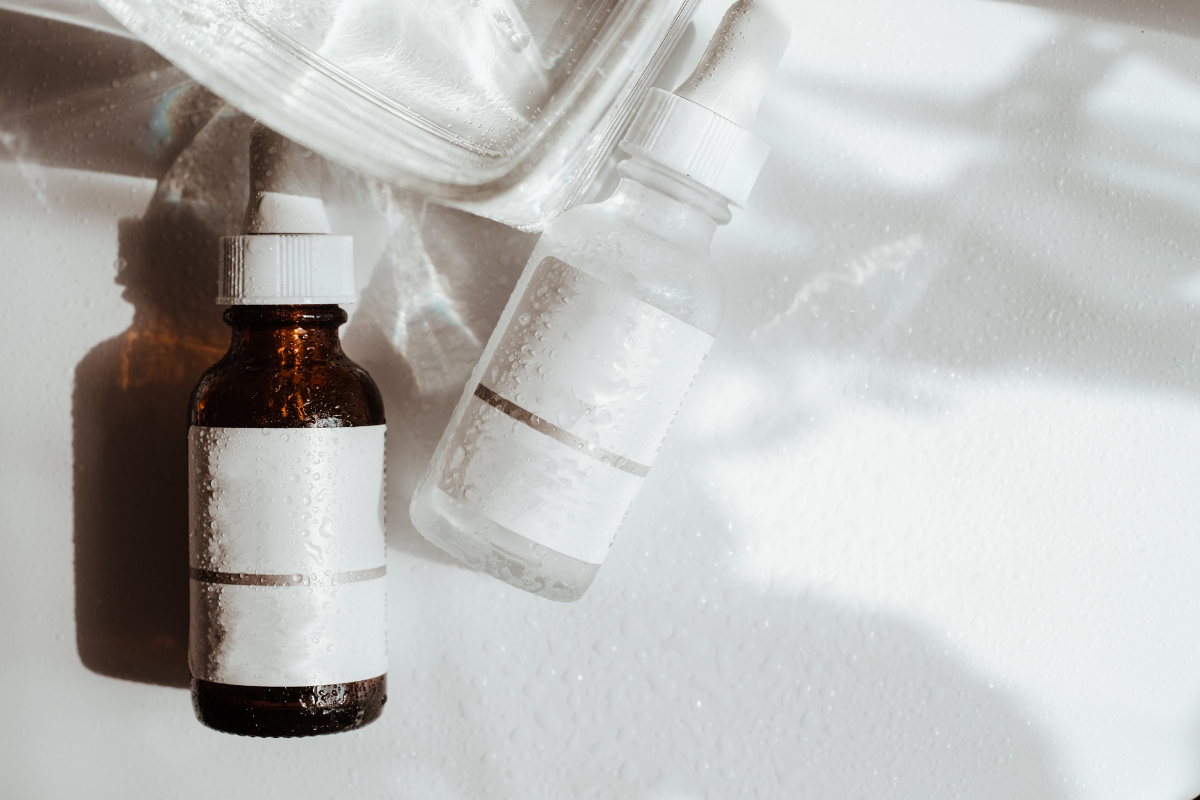Although the summer heat is greatly relieved by the monsoon, each season has its own set of difficulties. Every season has an effect on our skin and hair, which is why good maintenance is necessary.
Monsoon throws down the challenge of frizzy hair during the season and if not taken care of efficiently it may turn into major problems later on.
In this article, we will take a look at how monsoons get us frizzy hair and how to deal with them.
Table of Contents [hide]
Frizzy hair: What is it?
People who suffer from dry, unmanageable hair that is unable to fly away are said to have frizzy hair. It’s critical to comprehend the structure of hair as well as the seasonal variations in hair behavior in order to fully comprehend frizzy hair.
The Indicators of Frizzy Hair
There are different ways through which frizzes show:
- Flyaways: They are small individual hairs that stand out from their rest.
- Lack of shine: Raised cuticles make these types of hairs reflect light unevenly hence become dull looking.
- Tangling: Frizz causes hair to become entangled and hard to control.
- Bulkiness: Hair might look bigger or puffier due to the swelling of its shafts.
Types of Frizz
- Surface frizzes– appear on the outer part of the hair.
- End frizzes– occur at the tips of your hair.
- Halo frizzes– often seen on the crown, creating a halo effect in people’s heads.
- In-the-Curl frizzes – make them look undefined.
Monsoon Season and Frizzy Hair
When the monsoon season comes, the air becomes very humid. This means that it contains a lot of moisture. The latter then seeps into your hair making it swell up thus causing frizz. When there is high humidity in the air, your hair absorbs it and then puffs up so that you look a mess.
Rain water can also make your hair frizzy. Frequently rainwater has pollutants and could be slightly acidic, which can rinse off natural oils keeping your hair soft.
Consequently, without these oils, hair is left dry and prone to frizzing. This is even more common among people who have curly or wavy hair, considering they tend to be drier than those with straight ones.
During the monsoons many people increase their frequency in washing their heads because they do not want sweat smells on them while others wash as a result of dust pollution But too much washing can strip away the oil from our scalps leading to a drought in our tresses A dry fry day is sure for someone who uses blow dryer on his/her head during this time of this year
How To Fight with Frizzy Hair in Monsoon?
Dealing with frizzy hair in monsoon season is all about some of the home remedies and involves some of the good hair products in your hair care routine.
Remedies to Get Rid of Frizzy Hair
Dealing with frizzy hair can be challenging, especially during the monsoon season. However, several home remedies can help you manage and reduce frizz effectively. These natural solutions are not only gentle on your hair but also easy to incorporate into your hair care routine.
1. Deep Conditioning
Deep conditioning treatments are essential for hydrating and nourishing your hair. You can make a simple yet effective deep conditioner at home using ingredients like:
- Honey and Yogurt: Mix two tablespoons of honey with half a cup of yogurt. Apply this mixture to your hair, focusing on the ends. Leave it on for 30 minutes, then rinse with lukewarm water. Honey is a natural humectant that locks in moisture, while yogurt provides proteins and nourishment.
- Avocado and Olive Oil: Mash one ripe avocado and mix it with two tablespoons of olive oil. Apply this mixture to your hair, let it sit for 20-30 minutes, then rinse thoroughly. Avocado is rich in vitamins and fatty acids, while olive oil adds moisture and shine.
2. Coconut Oil
Coconut oil is a powerhouse for treating frizzy hair due to its deep moisturizing properties. Here’s how to use it:
- Warm up a few tablespoons of coconut oil until it becomes liquid.
- Apply the oil evenly throughout your hair, from roots to tips.
- Massage your scalp for a few minutes to stimulate blood circulation.
- Leave the oil on for at least an hour, or overnight for better results.
- Wash your hair with a mild shampoo and condition as usual. Coconut oil penetrates the hair shaft, providing long-lasting moisture and reducing frizz.
3. Aloe Vera Gel
Aloe vera gel is a natural conditioner that can help smoothen frizzy hair.
Follow these steps:
- Extract fresh aloe vera gel from an aloe leaf or use store-bought pure aloe vera gel.
- Apply the gel directly to your hair and scalp, ensuring even coverage.
- Leave it on for 30 minutes to an hour.
- Rinse with lukewarm water and a mild shampoo. Aloe vera helps to seal the hair cuticle, reducing frizz and adding shine.
4. Apple Cider Vinegar Rinse
Apple cider vinegar (ACV) helps to balance the pH of your hair and smooth the cuticle. Here’s how to use it:
- Mix two tablespoons of ACV with two cups of water.
- After shampooing, pour this mixture over your hair as a final rinse.
- Leave it on for a few minutes, then rinse with cool water. ACV helps to close the cuticle and makes your hair smoother and shinier.
5. Silk Pillowcase
Switching to a silk pillowcase can significantly reduce frizz. Unlike cotton, silk causes less friction, helping to keep your hair smooth. It also helps retain moisture in your hair, preventing it from becoming dry and frizzy overnight.
6. Banana and Honey Mask
Bananas are great for softening hair, while honey adds moisture. To make a banana and honey hair mask:
- Mash one ripe banana and mix it with one tablespoon of honey.
- Apply the mixture to your hair and leave it on for 20-30 minutes.
- Rinse with lukewarm water and shampoo as usual. This mask helps to soften the hair and reduce frizz.
Tips to Protect Your Hair in Monsoon from Frizziness
- Limit Washing: Avoid washing your hair too frequently to prevent stripping away natural oils.
- Use a Wide-Tooth Comb: Detangle wet hair gently with a wide-tooth comb to minimize breakage and frizz.
- Dry Gently: Pat your hair dry with a soft towel instead of rubbing to reduce friction and frizz.
- Apply Leave-In Conditioner: Use a leave-in conditioner to keep your hair hydrated and protected from humidity.
- Avoid Heat Styling: Minimize the use of heat styling tools, as they can damage your hair and increase frizz.
- Opt for Protective Hairstyles: Wear braids, buns, or ponytails to keep your hair secure and less exposed to moisture.
- Use a Silk Pillowcase: Sleep on a silk pillowcase to reduce friction and maintain smooth hair.
- Carry an Umbrella or Hat: Protect your hair from rain and humidity by using an umbrella or wearing a hat when you’re outside.
Summing it up:
Getting frizzy hair in the monsoon is normal as weather plays its role but if we don’t take care of it then it is not normal. We have to identify the symptoms and take action or we need to take precautionary care as monsoon season starts.
Above discussion has enough points that helps you manage your hair and frizziness during monsoon season but if you still think there is something missed out or you want to discuss something specific to your issue, connect with you hair expert.












